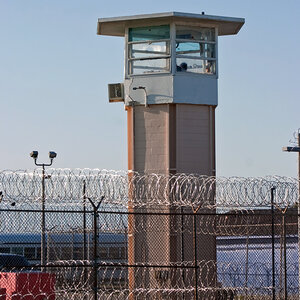No Place for Kids: The Case for Reducing Juvenile Incarceration
America's juvenile corrections facilities are dangerous, ineffective, wasteful, and obsolete, a new report from the Annie E. Casey Foundation argues. The report, No Place for Kids: The Case for Reducing Juvenile Incarceration (51 pages, PDF), describes how locked, long-term correctional facilities subject juvenile offenders to violence and abuse and are likely to harm the well-being and educational and employment prospects of those meant to be rehabilitated. To make matters worse, the majority of these youth are low-risk offenders who need not be confined to protect the public; in fact, incarceration often increases recidivism rates. And given that alternative interventions such as counseling, mental health and substance abuse treatment, cognitive behavior therapy, and vocational training programs are equally or more effective in reducing delinquency and recidivism, overreliance on juvenile incarceration is a waste of taxpayer dollars. The report's authors call for stricter criteria for correctional placements, investing in non-residential alternatives, removing financial incentives, adopting best practice policies, replacing large institutions with small treatment-oriented facilities for violent offenders, and strengthening data collection.


